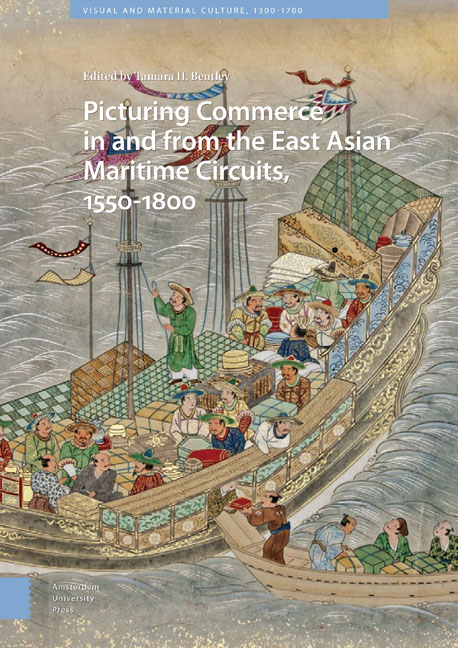7 - “The Features are Esteem’d very just”: Chinese unfired clay portrait figures of Westerners
Published online by Cambridge University Press: 25 November 2020
Summary
Abstract
This essay focuses on eighteenth century sculptural, unfired clay portraits of Westerners by Chinese artists. Only one bust and approximately thirty-seven full-length eighteenth-century unfired clay portrait figures of European and American men are currently known to have survived. This essay examines a series of South Chinese artists thought to have crafted such clay portraits: Chinqua (active 1716–1720), Chitqua (active 1769–71) and Tyune (active late 18th century). It looks at evidence connecting particular clay figurines with particular sculptors, and considers the likely European figure represented. The occasional use of such figurines in family contexts to “stand in” for a missing person becomes an interesting testimony to the peripatetic lives of those working for the East India companies, or pursuing private trade.
Keywords: Chinese clay figurines; English East India Company merchants; American China Trade; Chinese sculptural portraits; Tyune; Tan Chitqua.
In the eighteenth and nineteenth centuries, Western officials, ship captains, and merchants oversaw the voyages of private and company-owned ships, and the sale of goods for their employers. At the same time, they pursued private trade to enhance their incomes, and made personal purchases. Portraits created in Asia of European and American officials, merchants, ship captains, and crew provide compelling material evidence of their presence in foreign ports.
In fact, Western merchants were represented in Chinese art for both the domestic Chinese and export markets with regularity and in innumerable ways: on screens, wallpaper, porcelain, ivory, jade, reverse paintings on glass, and on canvas. From within this large category of objects, this essay focuses on eighteenth-century sculptural, unfired clay portraits of Westerners by Chinese artists. Only one bust and thirty-seven full-length eighteenth-century unfired clay portrait figures of European and American men are currently known to have survived, with three others recorded but seemingly lost. Whether we have information about the subject or not, they each intrigue us with a portrayal of an individual whose personality is well reflected in his face.
Surprisingly little is recorded in primary sources or historic records about the production of these figures and much of what is written today assumes too much, particularly regarding the artists, dates of production, and sometimes the identity of the subjects.
- Type
- Chapter
- Information
- Publisher: Amsterdam University PressPrint publication year: 2019

